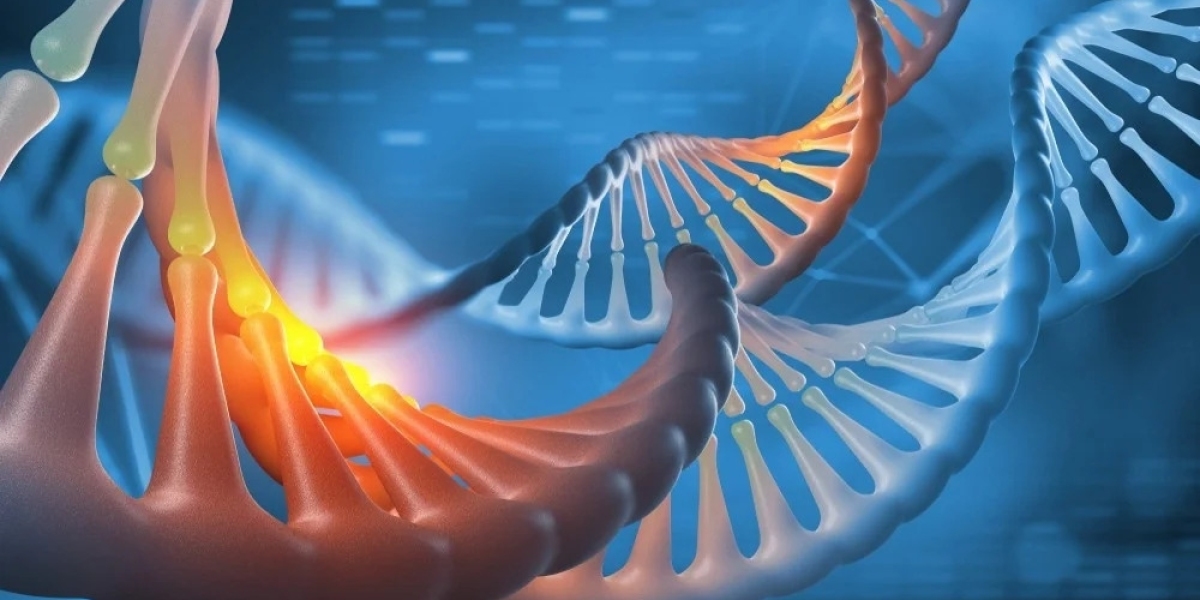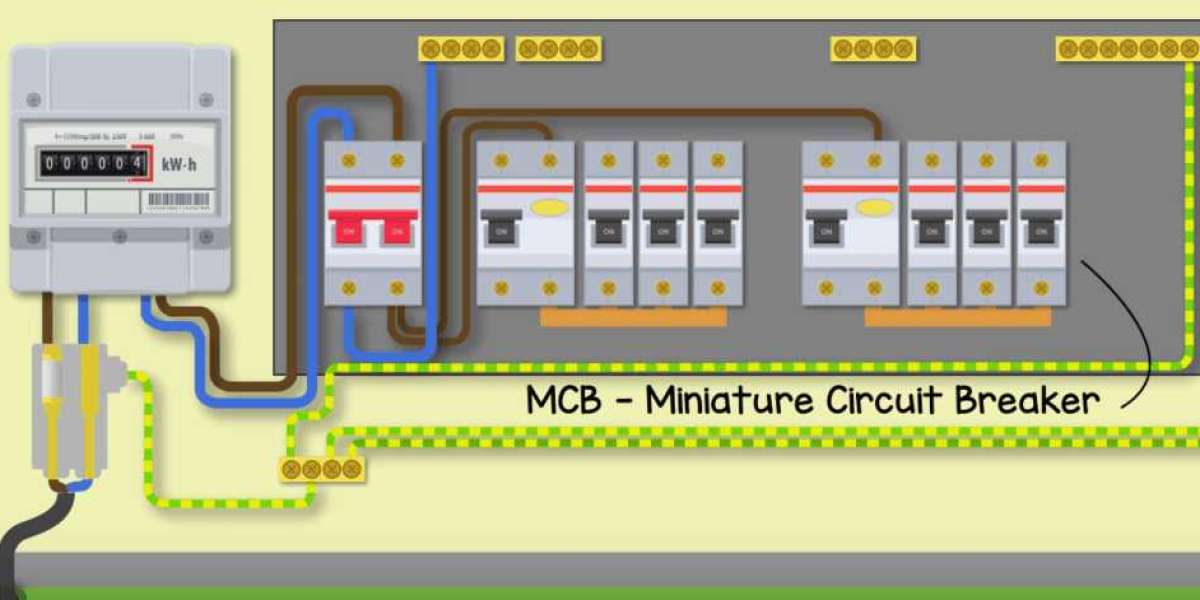Spatial genomics transcriptomics is an innovative technology that enables studying gene expression across intact tissues at single-cell resolution. This novel technique allows researchers to visualize where in a tissue specific genes are expressed without having to isolate individual cells.
How Does it Work?
Spatial genomics transcriptomics works by immobilizing mRNAs or coding sequences of expressed genes onto a solid support with an array of microscopic spots. Tissues like thin slices of brain, lungs, etc. are placed on this arrayed support and the cellular RNAs diffuse to the spots below, barcoding their spatial origins. The tissue is then removed and the mRNAs captured at each spot are converted to DNA libraries for high-throughput sequencing. This process maps the expression of thousands of genes across the intact tissue.
Analysis of Spatial Transcriptomic Data
The sequence data obtained from spatial genomics transcriptomics experiments is analyzed using specialized bioinformatics pipelines. These pipelines align the sequencing reads to a reference genome and quantify gene expression levels for each spot on the array. Advanced computational techniques are then used to spatially map clusters of co-expressed genes across the studied tissue.
Researchers can visualize localized gene expression patterns and differences between various tissue regions in high resolution. They can identify cell types, subpopulations, gradients and boundaries based on gene signatures. Spatial transcriptomic data also allows reconstructing developmental lineages and correlating gene expression with microscopic morphological structures in intact native tissues.
Applications in Neuroscience
Spatial transcriptomics has proven very useful for studying the brain, one of the most complex tissues. It has provided invaluable insights into the molecular architecture and cellular composition of different brain regions. For example, researchers have mapped gene expression across intact mouse and human brain slices to classify over 180 distinct cell types in unprecedented detail based on their spatial transcriptomic signatures.
Studies on post-mortem human brain tissues have revealed region-specific expression programs and molecular fingerprints of neurodegenerative diseases like Alzheimer's. Spatial transcriptomics is also being used to analyze developing brains and model disease progression across intact neuroanatomical structures over time. Additionally, it helps define cellular interaction networks, spatial organization of synapses and decipher molecular pathways underlying brain functions.
Applications in Immunology
The immune system is characterized by intricate heterogenous cell populations interacting in spatial contexts. Spatial transcriptomics has enhanced our understanding of the composition and dynamics of immune cells in tissues. Researchers have profiled immune cell infiltration and localization patterns in response to infections, allergens or tumors across whole organs like lymph nodes, lungs and spleen.
Such studies provide insights into how adaptive and innate immune responses are orchestrated in 3D tissue microenvironments. They help map immune cell migrations, localization of cytokines and trace developmental lineages. Spatial transcriptomics is also revealing heterogeneity within immune cell types based on their tissue context. Overall, this technique is revolutionizing our view of the immune system as an interconnected spatial network operating at local as well as systemic levels.
Advancing Cancer Research
Cancer progression occurs through complex interactions between malignant and stromal cells within diverse tissue microenvironments. Spatial transcriptomics offers a distinctive approach to study tumor biology directly in intact specimens. Studies on human cancer tissues have mapped intratumoral heterogeneity, delineated tumor-stroma interfaces and revealed region-specific gene programs associated with proliferation, invasion and metastasis.
Researchers are utilizing this technique to characterize immune infiltrates, tumor vascular networks, cancer stem cell niches as well as molecular signatures of residual disease. Spatial transcriptomics also helps model treatment responses by analyzing post-therapy residual lesions. It promises to provide deeper insights into critical aspects like tumor evolution, drug resistance and minimal residual disease - crucial for advancing precision oncology.
Conclusion
In summary, spatial genomics transcriptomics represents a revolutionary breakthrough that enables high-resolution analysis of gene expression patterns directly in intact native tissues. It is rapidly transforming our understanding of tissue organization, cell type distributions and molecular pathways operating in complex 3D microenvironments. As the technology advances further, it holds immense potential for advancing diverse areas including neuroscience, immunology, developmental biology, oncology and many other fields studying complex multi-cellular systems.
Anushka Jadhav
35 Blog posts









